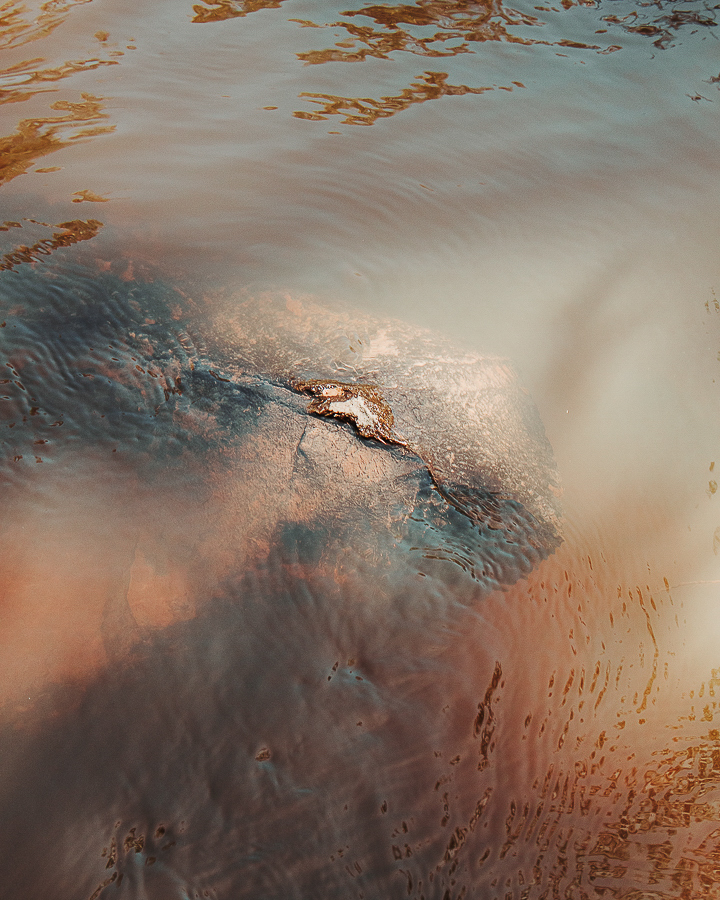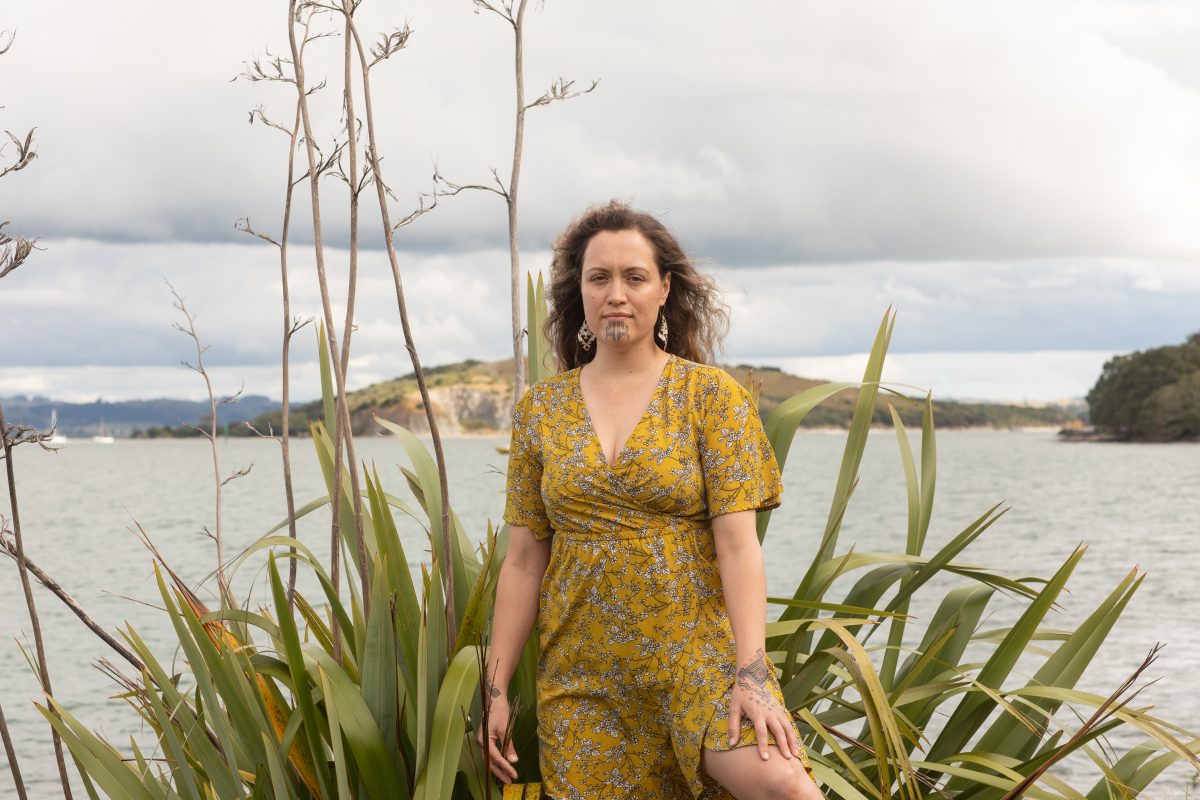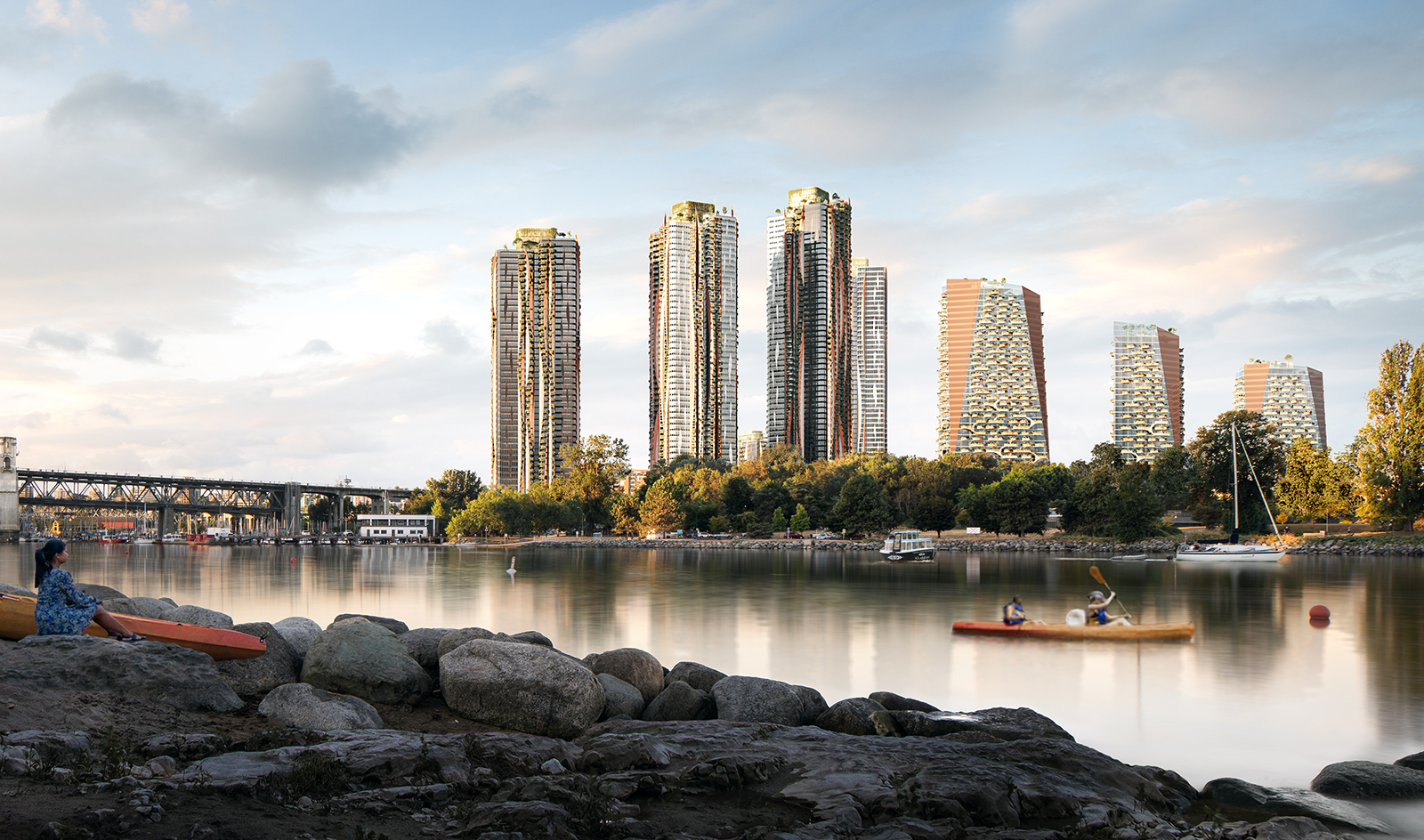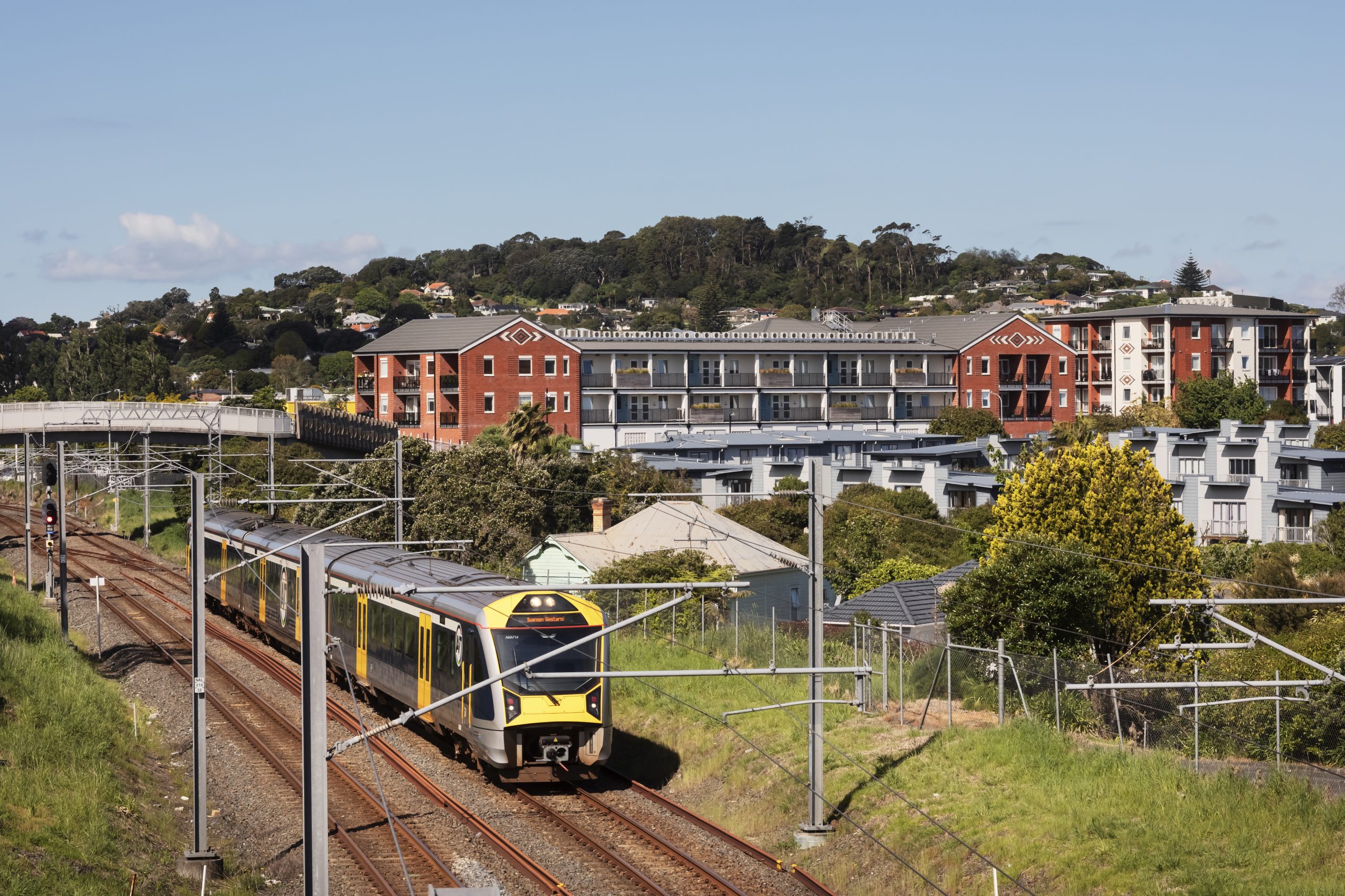Radical Renewal
What might our cities and neighbourhoods look and feel like in a decade’s time? Our series ‘Radical Renewal’ shifts this question beyond its usual remit of city planners and futurists to voices from diverse contexts and fields. Its title nods to the intensive designing, regulating and constructing that is reshaping and urban landscapes worldwide. How can we reconcile tensions between preservation and gentrification? And as transformation accelerates, who decides what’s taken forward, and what’s left behind?
We begin in Kensington, Wurundjeri Country, where Assemble’s latest project at 15 Thompson Street will soon welcome its residents into their new home. Part of the Traditional lands of the Wurundjeri Woi-wurrung peoples, Kensington is shaped by two waterways of Aboriginal significance, the Maribyrnong River and Moonee Ponds Creek, and fringed by railway lines that tell of its industrial past as a site of stockyards and factories. Today, the compact suburb’s metamorphosis is tangible as its skyline is lifted by medium-density apartment buildings whose residents are embracing more communal approaches to living.


From the waterways on Wurundjeri lands to the stalwart community services in Kensington, we explore local perspectives on the generational change experienced across Narrm/Melbourne. Images: Jacinta Keefe (left) and Krystal Torre (right).
We meet some of them as we chart the trajectories at play in the evolution of Kensington and similarly fast-evolving places around the globe. Sophie Rzepecky interviews Rebecca Smith, long-time local and manager of Neighbourhood House, the community centre that had adapted to serve the suburb’s evolving needs founded in 1975 by a group of single mothers requiring childcare. Samuel Holleran heads to Younghusband, a relic of Victoria’s wool trade that is welcoming a new era of adaptive reuse; and Quincy Malesovas visits Kensington Stockyard Food Garden on her tour of community-run gardens keeping locally grown food accessible to all Melburnians.
Circling out through the city, Timmah Ball, of Ballardong Noongar heritage, makes space for a conversation between Birrarung Marr and Naarm in a call to listen to Country. The connection between water and city is captured by Wiradjuri photographer Jacinta Keefe. We extend the dialogue across the Tasman with a conversation between Tania Wong, Head of Architecture at Tāmaki Makaurau Auckland developer Ockham, and Andy Fergus, Assemble’s Head of Urban Design, who reflect on the dynamics of densification and what it means to move on from the so-called “quarter acre dream”.

Staying in Aotearoa New Zealand, Ataria Sharman sheds light on kaupapa Māori approaches to building in harmony with the environment through the lenses of three wāhine (women) Māori architects at the forefront of their profession. Drawing parallels and distinctions between Indigenous reconciliation movements across the globe, Sámi journalist Susan Nerberg investigates on how communities in Canada, Aotearoa and Australia are securing their future prosperity through housing projects such as the Squamish Nation’s visionary Sen̓áḵw development in progress near Vancouver, geared at full economic, cultural and environmental autonomy.
Keeping our horizons wide, Fraser McNally speaks to the architects and beneficiaries of creative precincts emerging from the bones of old industry, from Essen in Germany to Seongsu-dong, South Korea. Annette Lin canvasses ‘green’ smart city initiatives that channel new digital technologies towards improved air quality, renewable energy and streamlined mobility. Bringing together universal themes with local specifics, we hear how urban designers in Southern California, Central Java and Narrm/Melbourne are inviting historically marginalised citizens to reimagine their urban environments.
As Jocelyn Chiew, Director of City of Melbourne’s City Design Studio puts it, the work of radical renewal is the work of expanding possibilities: “ensuring all people—not just a visible cohort or a majority—have the choice to be their unique selves: in housing; in transport; in how they occupy space.” As each contributor in this series offers nuance to conversations on our future cities from their unique perspective, we hope their enquiries will bring new dimensions to yours.
— Anna Dorothea Ker, Guest Editor








